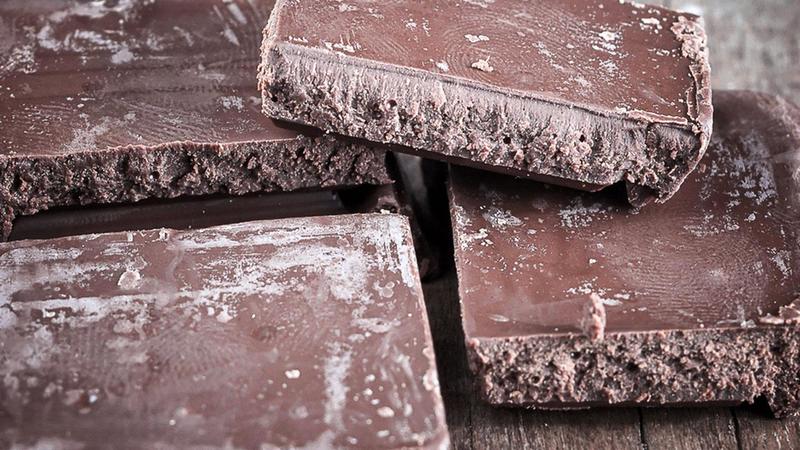Milk, a staple in many households, is a nutritious and versatile ingredient. However, ensuring its freshness is crucial, as consuming spoiled milk can lead to unpleasant consequences. This article empowers you with a comprehensive guide on the telltale signs of spoiled milk, enabling you to make informed choices and safeguard your health.

Image: www.misskyra.com
Unveiling the Signs of Milk Spoilage
-
Sour Odor: Fresh milk typically has a faint, sweet scent. A sour, pungent odor is an unmistakable sign that milk has turned. The sourness intensifies with the severity of spoilage.
-
Tangy Taste: In concert with the altered odor, milk’s taste also transforms. A tangy, sour, or unusual flavor indicates that spoilage has set in.
-
ChangedConsistency: Milk’s texture undergoes noticeable changes. From its smooth, uniform texture, it may become thick, lumpy, or grainy, resembling cottage cheese or buttermilk.
-
Discoloration: Fresh milk appears creamy white with a slight yellow tinge. Spoiled milk, however, can develop a yellowish, greenish, or even pinkish hue, signaling bacterial proliferation.
-
Curdling: Heat or bacterial growth can cause proteins in milk to coagulate, resulting in lumps or curds. This is often accompanied by a sour smell and taste.
-
Bloated Packaging: If the milk container begins to bulge or appear inflated, this indicates that gases have been produced by microorganisms within the milk, hinting at significant spoilage.
-
Separation: Milk contains fat globules that usually remain emulsified. Spoilage disturbs this emulsion, causing the fat and water components to separate, resulting in a watery layer on top.
Additional Signs to Consider
-
Extended Refrigeration: Even if milk appears visually unspoiled, it’s best not to consume it if it has been refrigerated for longer than recommended (generally 7-10 days after opening).
-
Room Temperature Exposure: Milk should always be stored at a refrigerated temperature of 40°F (4°C) or below. Leaving milk at room temperature for prolonged periods (more than two hours) significantly increases its risk of spoilage.
-
Suspicious Source: If you’re unsure about the source or handling of milk, it’s better to err on the side of caution and avoid consumption.
Actionable Tips for Milk Safety
To prevent milk spoilage and safeguard your health, consider these practical measures:
-
Check the Expiration Date: Always examine the “Sell-By” or “Use-By” date on milk cartons to ensure freshness.
-
Refrigerate Promptly: Refrigerate milk immediately after purchase and keep it chilled at all times.
-
Maintain Cleanliness: Wash your hands before handling milk or milk containers to minimize the risk of contamination.
-
Pour Wisely: Avoid pouring unused milk back into the original container to prevent the introduction of contaminants.

Image: www.culturehook.com
How Can You Tell If Milk Is Spoiled
Conclusion
Empowering yourself with the knowledge of how to detect spoiled milk is a vital step towards safeguarding your health and well-being. By understanding the telltale signs outlined in this comprehensive guide, you can make informed decisions and avoid consuming milk that has lost its freshness. Remember, expired or spoiled milk can lead to health complications, so always prioritize freshness and safety. By being a vigilant consumer and following these guidelines, you can enjoy the benefits of milk with peace of mind.


/GettyImages-1303637-two-way-mirror-57126b585f9b588cc2ed8a7b-5b8ef296c9e77c0050809a9a.jpg?w=740&resize=740,414&ssl=1)


